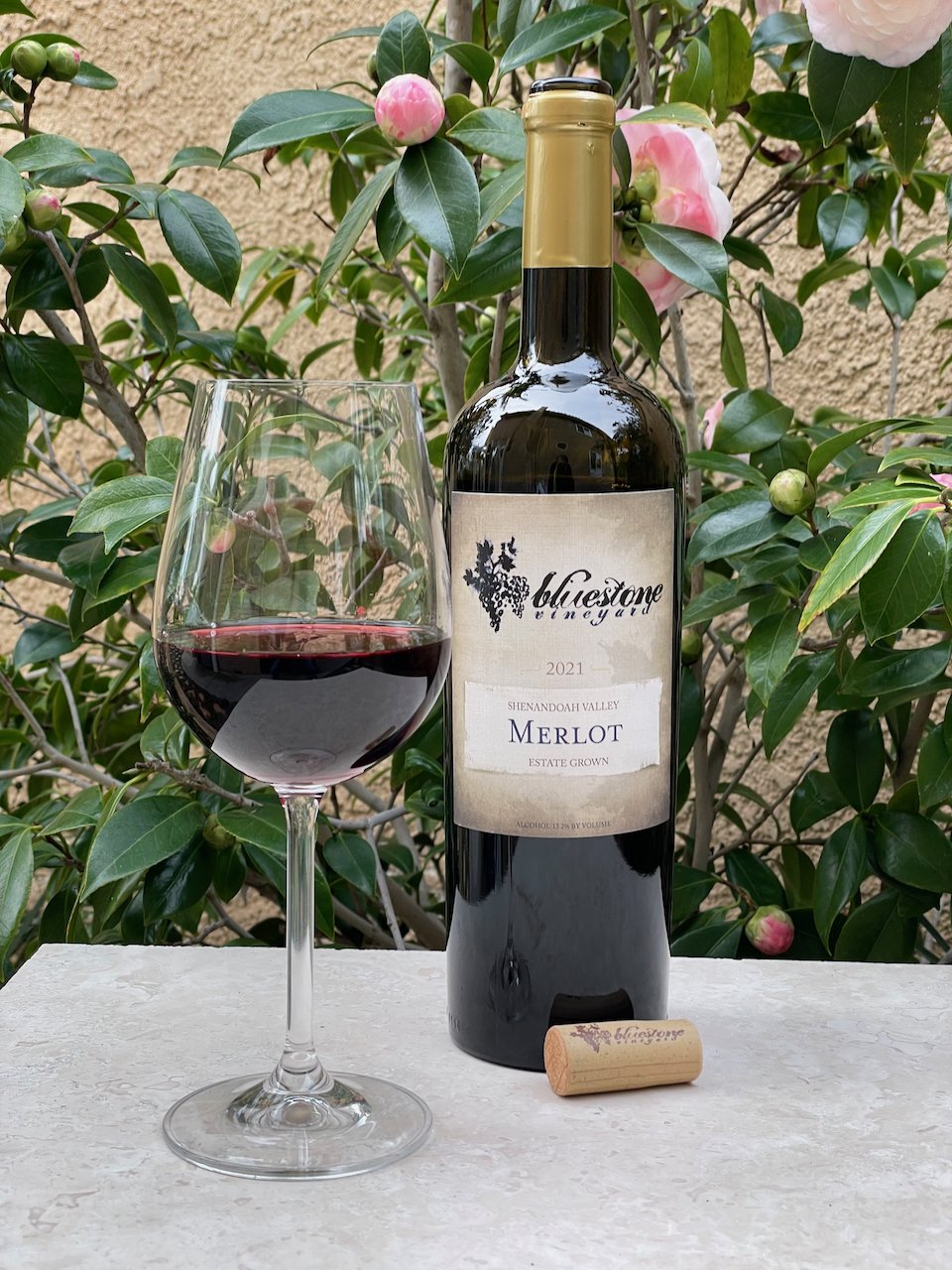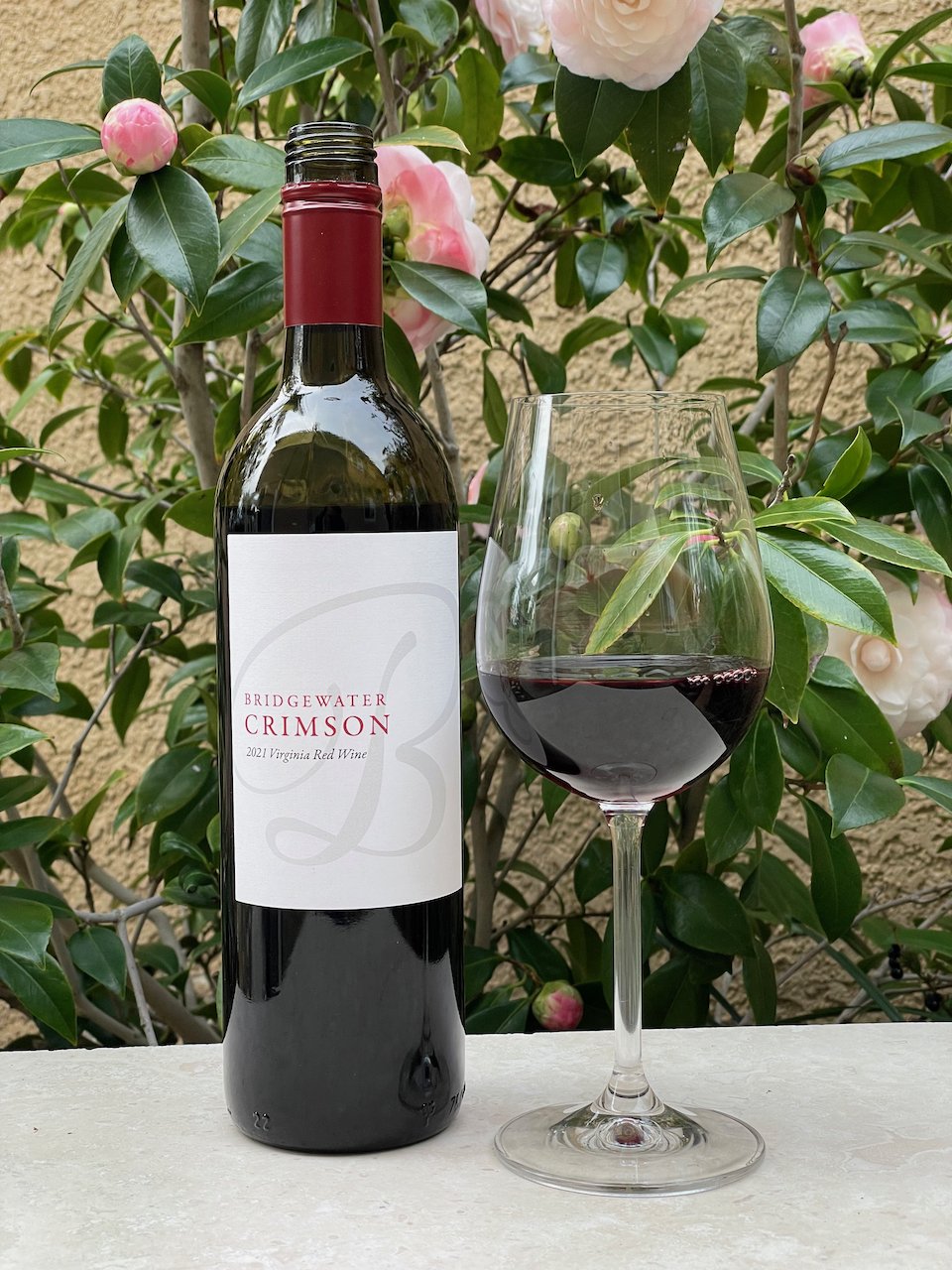The fruit for the Bousquet Estate Vineyards was originally planted in 1998 on virgin terrain in the Uco Valley’s Alto Gualtallery zone at an altitude of about 4,125 feet. With its high-altitude wines recognized for their freshness, vibrant aromatics and fruit-forward qualities, Gualtallary is acquiring a reputation as a source of Mendoza’s and indeed Argentina’s finest quality wines.
Named for co-owner Labid Al Ameri, Domaine Bousquet’s “Ameri” wines are only made in exceptional years and exclusively from selected grape clusters harvested from the estates’ best vineyard.
2020 Ameri Red Blend ($27)
Ameri Red Blend debuted with the 2011 vintage. Each bottle as been individually numbered since 2018. This wine is produced from 60% Malbec, 20% Cabernet Sauvignon, 10% Syrah, and 10% Merlot. It underwent a four-day cold maceration followed by a 14-day fermentation in oak with selected yeasts. This is followed by another 20-day maceration and malolactic conversion. Finally, it is aged 16 months in French oak before bottling and release. It is medium purple in color with soft aromas of dark fruit and cedar. On the palate, this full-bodied wine has good flavors of rich black and red fruits and finishes with nice sweet and spicy notes. (ABV: 14.5%, Total Acidity: 5.17 gm/L, pH: 3.68, Residual Sugar: 1.74 gm/L)
2020 Ameri Malbec ($27)
The Ameri Malbec is a new development at Domaine Bousquet. It started with the 2019 vintage when Domaine Bousquet winemaker Rodrigo Serrano determined that the Ameri Red Blend component wines were presenting so well that the time had come to showcase them individually, starting with the Malbec. It is medium purple in color with pleasant aromas of black berry, plum and red fruit along with sweet tobacco. On the palate, this medium-full-bodied wine exhibits nice rich dark fruit flavors, medium tannin and acidity and finishes smooth, soft and lean with hints of cocoa. (ABV: 14.5%, Total Acidity: 5.25 gm/L, pH: 3.67, Residual Sugar: 1.91 gm/L)
Domaine Bousquet is making great wines from their vineyards in Argentina, but these two Ameri wine are yet another step-up in excellence. And, at these prices, these wines are a great fit as Behind the Cork™ Wines of the Week. Cheers!
Disclosure of Wine Sample Submission: I received these samples at no cost for review. The opinions expressed are entirely my own.
Media Samples Provided by Domaine Bousquet, Origins Organic Imports and Creative Palate Communications








